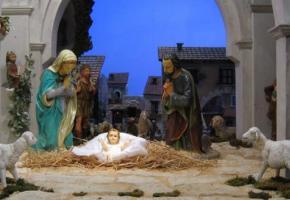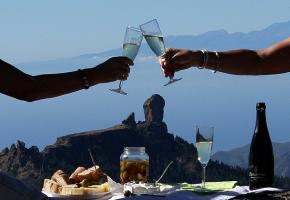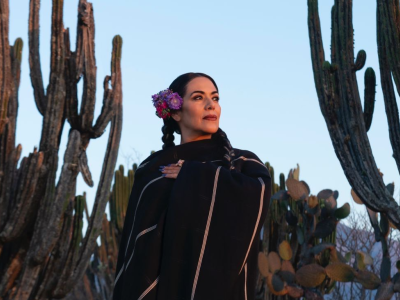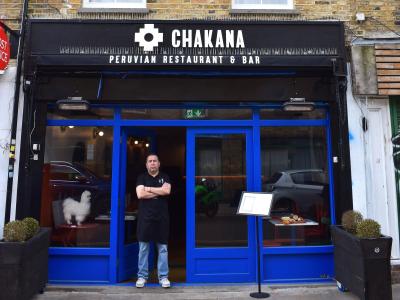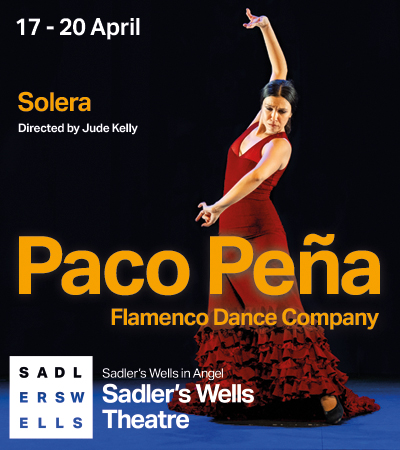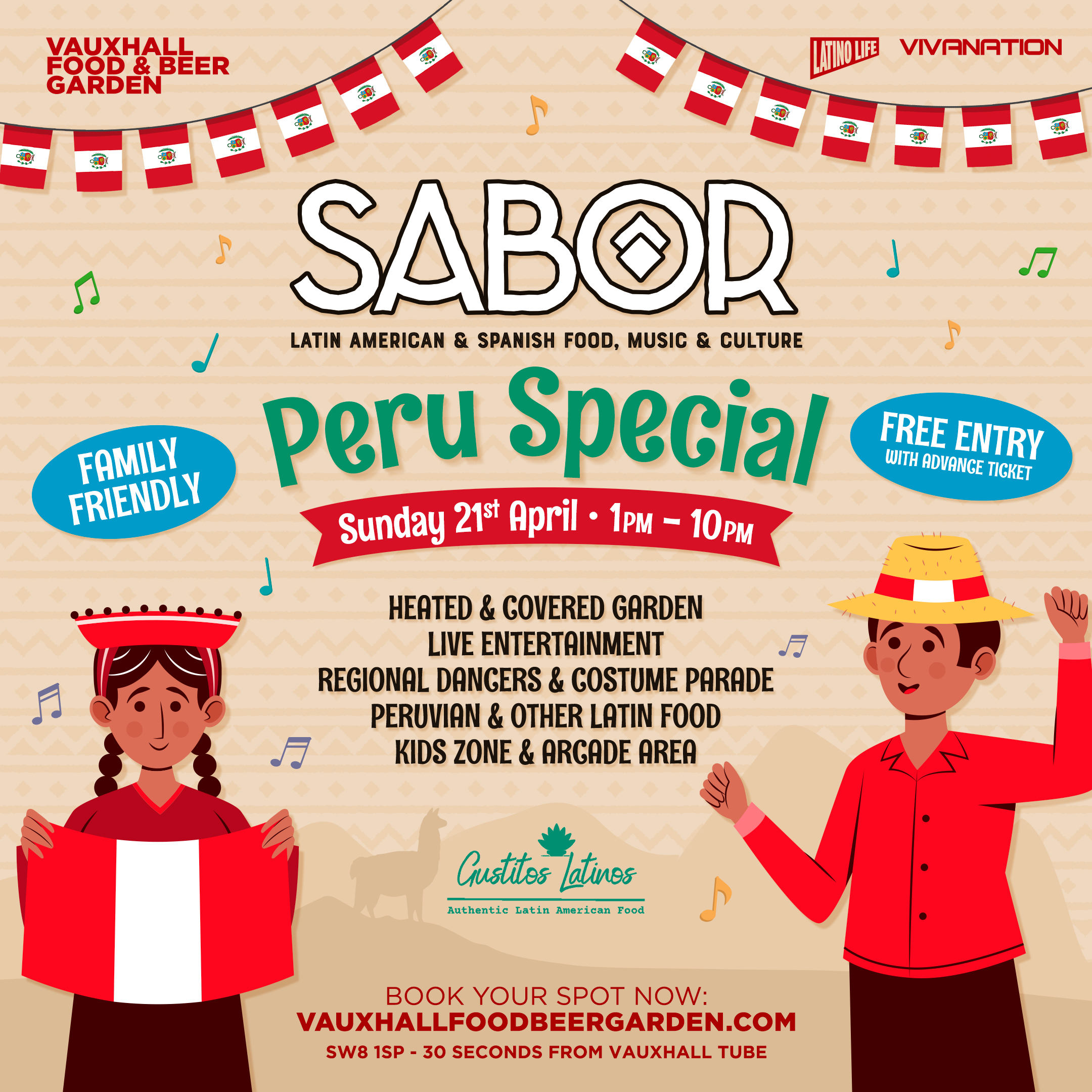THE HISTORY
Built in the 10th century, the city’s UNESCO-protected Mezquita remains one of the most important mosques in the world. The uniquely shaped arches, distinctively striped red and white, stretch on endlessly, providing the illusion of an infinite, grandiose place of worship. The Spanish Reconquista saw the construction of a Cathedral on top of the mosque, creating a hybrid structure, the physical change reflecting a societal change. Indeed, the stark contrasts between architectural design – both around the entire city, and within the walls of the ‘juderia’, allows you to read the city like a book, each building a chapter depicting the cultural shifts that took place.
Of the many buildings worth mentioning, one in particular stands out, - Córdoba University’s Faculty of Philosophy is housed by what was previously an 18th century hospital. The building, referred to affectionately by students as ‘Spanish Hogwarts’ has seen numerous yet unnoticeable changes in order to incorporate, asking seasoned lecturers at the university leads to tales of ghostly encounters during the late hours of the day.
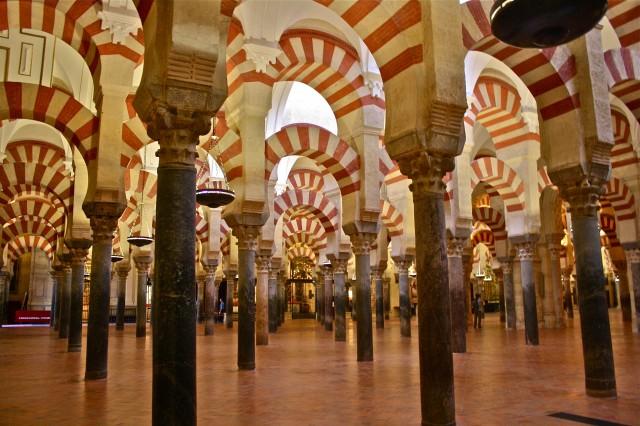
CORDOBA TODAY
As a modern city, Córdoba’s historical roots have entwined with modern culture to provide a contrasting, vibrant experience for tourists and citizens alike. Remnants of both the roman presence and caliphate rule are dotted around the city and hidden in plain sight, with ancient structures housed in the most unlikely places.
Getting around the city on foot or on bike is more than possible, and is both the most economical and enriching option to go through. Allowing for a thorough exploration which creates a feeling of travelling through time – in five minutes, you can go from the hustle and bustle of the Plaza de Las Tendillas, one of the city’s most coveted coffee spots, to the ‘old town’, down the cobbled streets to the Roman Bridge.
FESTIVALS
Visitors are in for a colourful surprise in May, when the Festival de Patios opens its doors – both figuratively and literally – with friendly patio owners allowing visitors from all over the world discover the nooks and crannies of Spanish gardening. With hues of red, pink and green contrasting against the whitewashed backgrounds, each unique patio reflects the preferences of the owner and a sense of deep national pride. In addition, an ideal reflecting spot at this time of year is the Patio de los Naranjos. Located at the entrance of the Mezquita, visitors can enjoy a quiet walk amongst the Orange trees, which offer a shady respite from the sunlight.
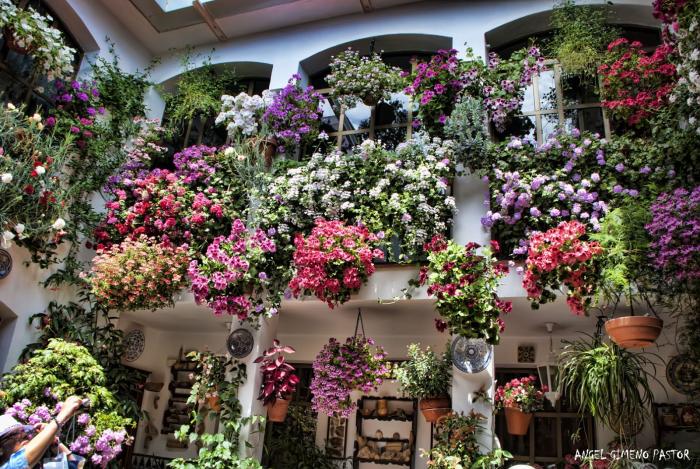
FOOD
Like any city in southern Spain, it is not only historical value that enriches Córdoba. In a region known for summery dishes such as Gazpacho, Tortilla de Patata and Paella, the city houses an array of restaurants and tapas bars which leave taste buds tingling after savouring traditional Andalusian recepies. The old town is home to many Morrocan-style restaurants, as well as typical Spanish restaurants and tavernas, whereas the newer part of the city boasts of numerous coffee shops and modern chain restaurants.
Whether you’re looking for a cozy interior setting for a family meal, or want to share tapas and beer with a friend, out on a terrace or a patio, you will leave Cordoba with a full stomach and a happy heart. Those keen to try the typical Spanish delicacy will be in for a treat in late April, as a distinctive garlic-like smell announces beginning of ‘snail season’ with temporary Puestos de Caracoles (snail bars) popping up by the AVE station and other open spaces in the modern part of the city.
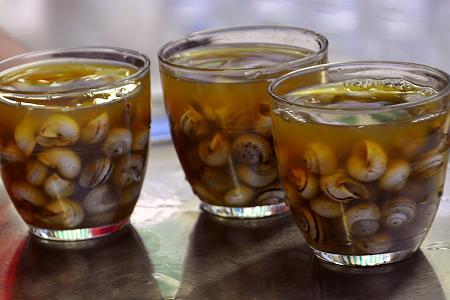
NIGHTLIFE
Córdoba’s location on the banks of the Guadalquivir river make it prone to more extreme temperature changes, and it’s advised that those brave enough to consider enduring the summer heat in Spain, research what they’re in for. Days spent exploring the town by foot are impossible, if not a health hazard. Summer sees the city transform from a silent, scorching ghost-town during the day, with average temperatures reaching their mid- forties, into a nocturnal metropolis.
Night-time sees the bars and restaurants open up their ‘terrazas’, and boulevards teaming with groups of all ages mingling and enjoying the summery atmosphere, a perfect setting in which families, couples and friends can enjoy a much needed cold drink. For visitors keen to explore the thriving nightlife scene, bars such as Long Rock Centro and Gongora Gran Cafe, offer the latest in modern music mixes, whereas clubs such as Underground offer something a little edgier.
WINTER IN CORDOBA
Conversely, winter sees temperatures drop dramatically. Puestos de Caracoles are swapped for roast chestnut stalls, and the echoing of typical villanicos is ever-present. Shoppers mingle and delight in the offers and deals in El Corte Ingles – the city’s main shopping center, which marks the beginning of the central shopping district. As the weather gets colder and Christmas draws nearer, patios close to the public, only for Nativity displays to surface in their place. This display of religious faith holds more cultural significance, and even for the non-religious, viewing the work and creativity of those creating the ‘Belenes’ is an awe-invoking experience. Year-round, Cordoba never fails to inspire and spark the curiosity of those who visit it, allowing the exploration of different worlds, time periods, religions and cultures.



